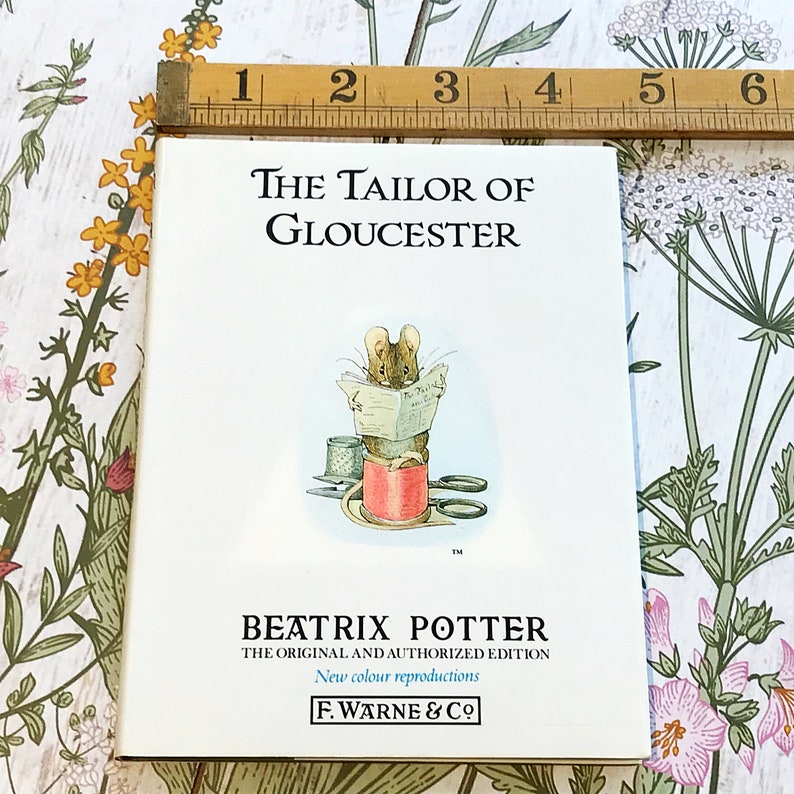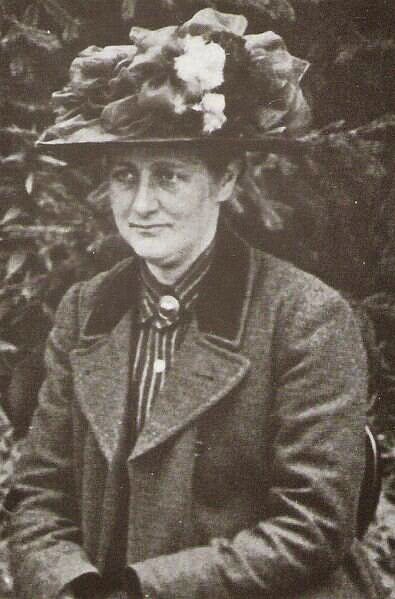


Though she continued to write stories for Frederick Warne & Co, after a while, she focused much of her attention on her farms and land preservation in the Lake District. She established a Nursing Trust for local villages, fully participating in country life. When Potter’s father Rupert died during the outbreak of World War I in 1914, Potter was already a wealthy woman.Her works that reflect her enjoyment of farming life are The Tale of Jemima Puddle-Duck and The Tale of Tom Kitten. Hill Top was later renovated to accommodate a tenant family and Potter’s private studio and workshop. The couple moved to Near Sawrey and lived at Castle Cottage, a renovated farmhouse on Castle Farm. On 15 October 1913, they got married at St Mary Abbots in Kensington. In 1912, Heelis proposed, and Potter accepted. It was at Hill Top that Potter met William Heelis, a local solicitor from Hawkshead. Potter often visited Hill Top Farm, and her delight in country living influenced several of her works written during this period, such as The Tale of Ginger and Pickles and The Tale of Mrs Tittlemouse.It was supposed to be her holiday home with Warne. Using her income and a small inheritance from an aunt, Potter bought Hill Top Farm in Near Sawrey in the English Lake District near Windermere. However, the engagement was short-lived as Warne died of pernicious anemia that same year. Potter and Norman Warne became unofficially engaged in 1905.All were licensed by Frederick Warne & Co and earned Potter an independent income and a huge wave of profits for her publisher. This was soon followed by other ‘spin-off’ merchandise over the years, which included board games, figurines, china tea sets, and painting books, among other things. As early as 1903, Potter also made and patented a Peter Rabbit doll.In addition, her stories were non-didactic, meaning they did not intend to teach or to convey information, which was a fairly new idea in children’s literature and the reason it was favoured by young readers. Potter’s vivid illustrations, rural countryside depictions, and qualities she created for her animal characters are behind the immense popularity of her works.More animal adventures soon followed, including The Tale of Squirrel Nutkin and The Tale of Benjamin Bunny. It was an immediate success, especially among young readers. On 2 October 1902, Frederick Warne & Co published The Tale of Peter Rabbit.She later transformed the letter and privately published it as a book. This actually began as a story that she wrote in a letter to Noel, the young son of a former governess. Her most famous work was The Tale of Peter Rabbit. In the 1890s, Potter and Bertram designed and printed occasional greeting cards as a means to earn money. Though she was aware of the artistic trends, her art and prose style was uniquely her own. During her teenage years, Potter became a regular visitor to the London art galleries, specifically the summer and winter exhibitions at the Royal Academy.However, most of her illustrations were fantasies that featured her own pets. She chose traditional rhymes and stories like Cinderella, Sleeping Beauty, and Puss in Boots in her first illustrations. Potter studied book illustration from a young age.In the late 1870s, after demonstrating a talent for sketching animals as her favourite subject, Potter began studying at the National Art Training School. At an early age, Potter, together with her brother Bertram, developed an interest in animals and nature and often roamed around the countryside during their family holidays.

Through her parents, Potter was able to meet several influential artists and writers. Her mother was skilled at watercolours and embroidery. Despite her father being trained as a lawyer, he never practised the profession and instead devoted himself to art and photography. Her parents, Rupert and Helen Potter, both had artistic interests. Helen Beatrix Potter was born on 28 July 1866 in London, England.In 1943, Potter died of complications from pneumonia and heart disease. In total, Potter wrote 23 children’s tales that continued to sell around the world in many languages and were retold in songs, films, television series, etc. Eventually, in 1902, Frederick Warne & Co published it, and it became an immediate success, especially among young readers. Peter Rabbit was first imagined in 1893 through Potter’s letter to Noel, the young son of a former governess. Helen Beatrix Potter was an English writer and illustrator best known for her children’s books that featured animals, such as The Tale of Peter Rabbit.


 0 kommentar(er)
0 kommentar(er)
